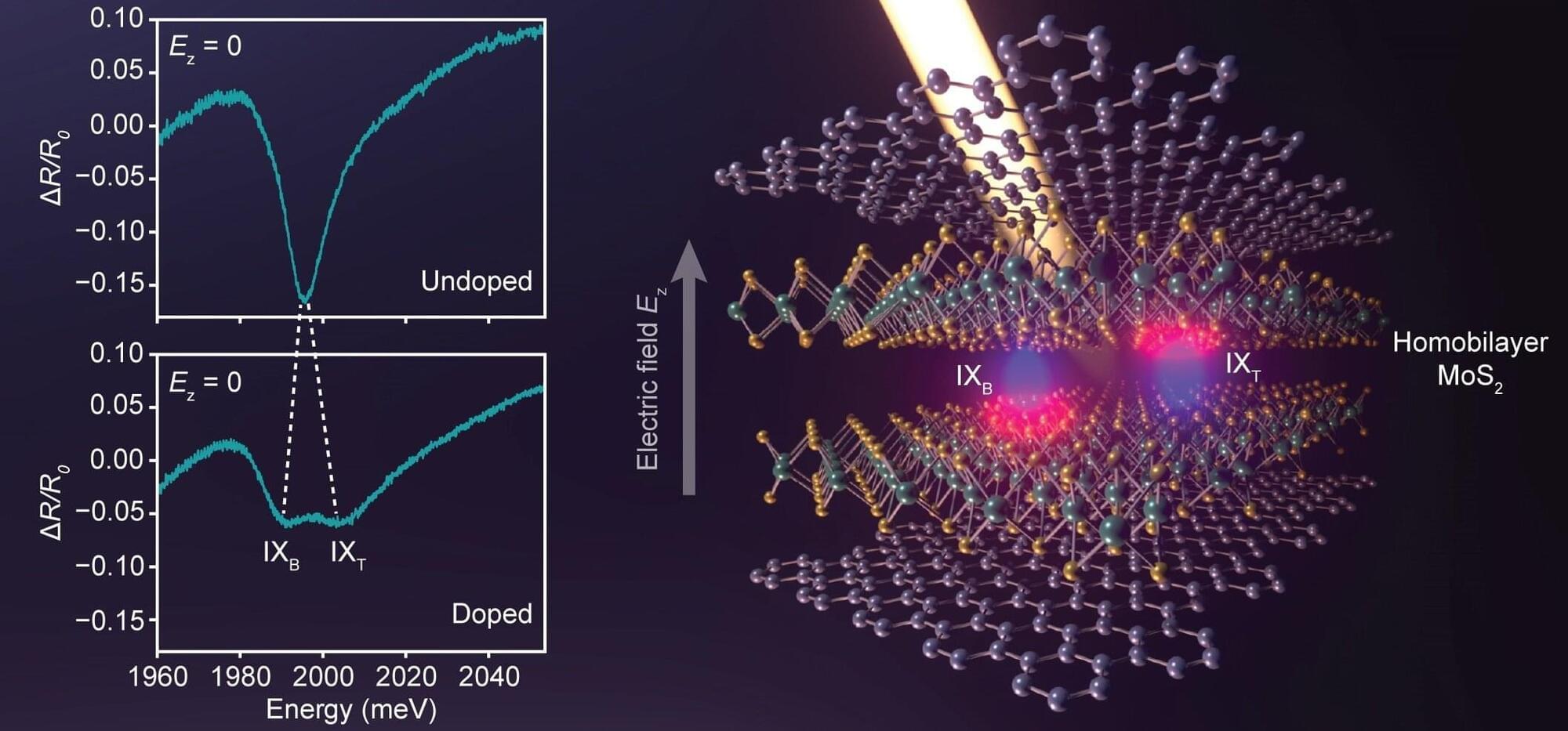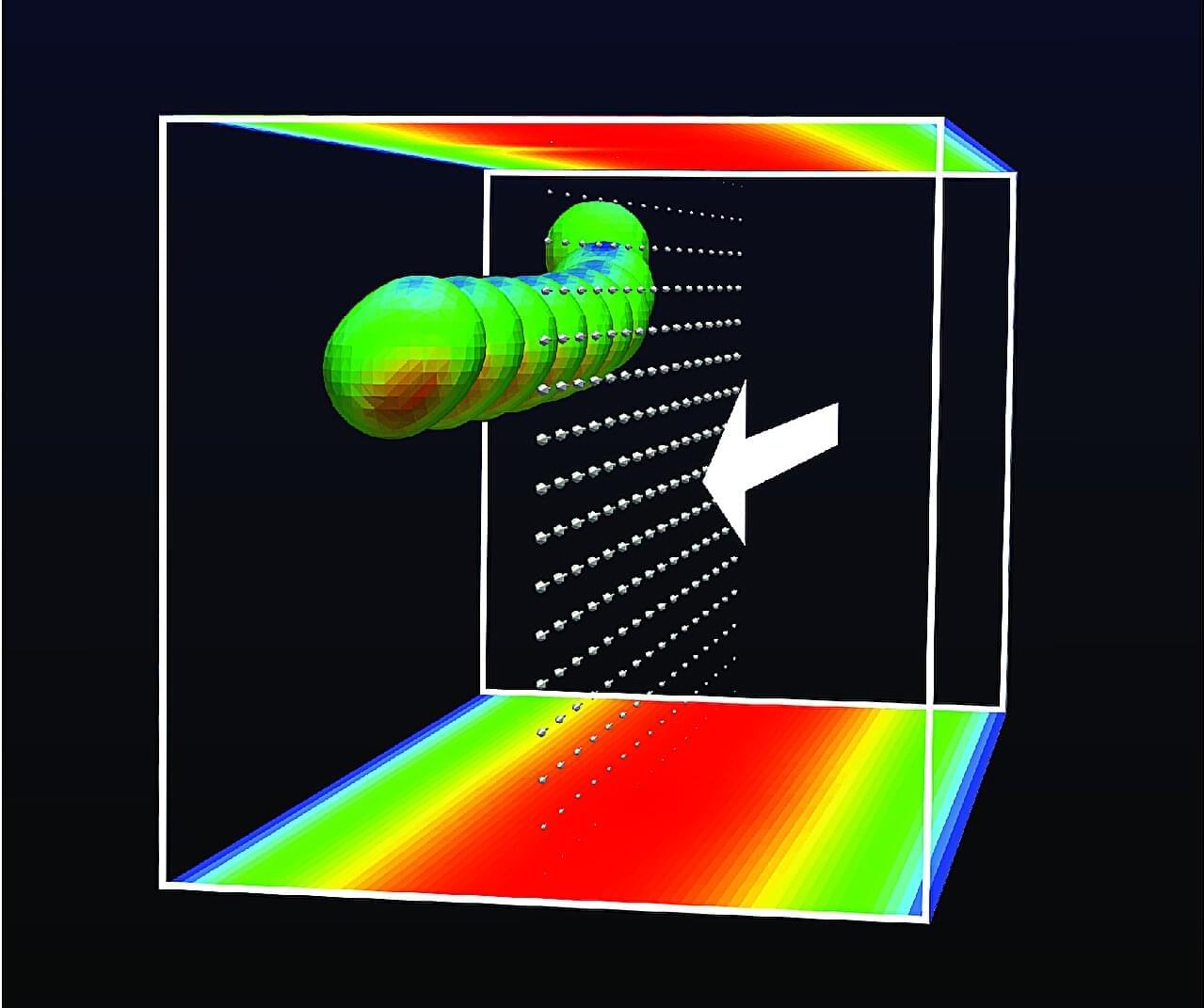Analog computers, computing systems that represent data as continuous physical quantities, such as voltage, frequency or vibrations, can be significantly more energy-efficient than digital computers, which represent data as binary states (i.e., 0s and 1s). However, upscaling analog computing platforms is often difficult, as their underlying components can behave differently in larger systems.
Researchers at Virginia Tech, Oak Ridge National Laboratory and the University of Texas at Dallas have developed a new synthetic domain approach, a technique to encode information at different frequencies in a single device that could enable upscaling analog computers without the need to add more physical components.
Their proposed approach, outlined in a paper published in Nature Electronics, was used to develop a compact and highly efficient analog computing platform based on lithium niobate integrated nonlinear phononics.








